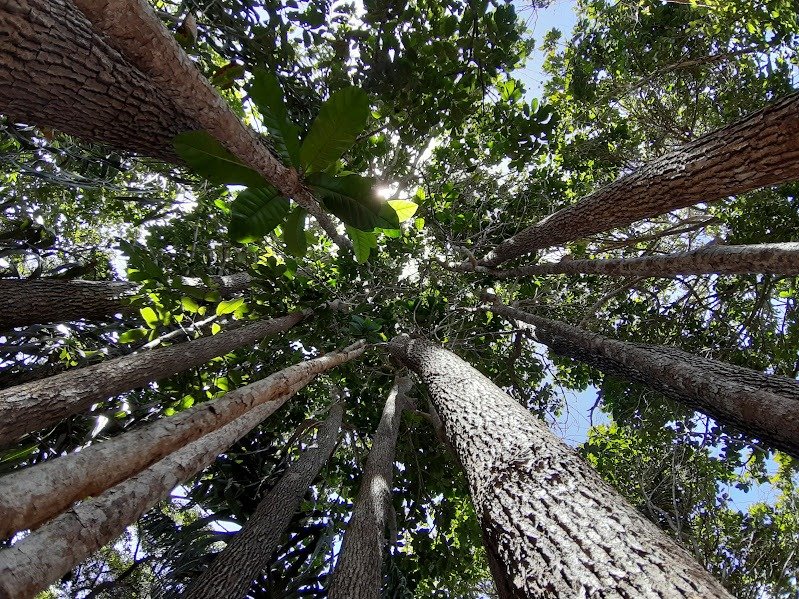Pouteria Venosa
Price decrease due to a new shipment that just came in. Another source gave us a bulk deal on this species, thus the current sale price.
Seeds were imported from Brazil, and will be packed with care and shipped in humid vermiculite. Multiple seeds have been cracked and inspected to insure they are fresh and viable. This tree is native to the humid Atlantic forests of Brazil, from Southern Bahia to Minas Gerais. The fruit Fruit is 5-8 cm in diameter, the skin is brown, the flesh is yellow-white, starchy, with a sweet flavor. This tree is suspected to grow best in a humid environment. It is very rare and found mostly in the wild. Leaves simple, chartaceous, concentrated on the ends of branches, bicolored, glabrous, 7-21 cm long with 8-14 pairs of inconspicuous nerves, secondary nerves. Seeds are half the size of a golf ball on average; some are as large as a golf ball.
Price decrease due to a new shipment that just came in. Another source gave us a bulk deal on this species, thus the current sale price.
Seeds were imported from Brazil, and will be packed with care and shipped in humid vermiculite. Multiple seeds have been cracked and inspected to insure they are fresh and viable. This tree is native to the humid Atlantic forests of Brazil, from Southern Bahia to Minas Gerais. The fruit Fruit is 5-8 cm in diameter, the skin is brown, the flesh is yellow-white, starchy, with a sweet flavor. This tree is suspected to grow best in a humid environment. It is very rare and found mostly in the wild. Leaves simple, chartaceous, concentrated on the ends of branches, bicolored, glabrous, 7-21 cm long with 8-14 pairs of inconspicuous nerves, secondary nerves. Seeds are half the size of a golf ball on average; some are as large as a golf ball.
Price decrease due to a new shipment that just came in. Another source gave us a bulk deal on this species, thus the current sale price.
Seeds were imported from Brazil, and will be packed with care and shipped in humid vermiculite. Multiple seeds have been cracked and inspected to insure they are fresh and viable. This tree is native to the humid Atlantic forests of Brazil, from Southern Bahia to Minas Gerais. The fruit Fruit is 5-8 cm in diameter, the skin is brown, the flesh is yellow-white, starchy, with a sweet flavor. This tree is suspected to grow best in a humid environment. It is very rare and found mostly in the wild. Leaves simple, chartaceous, concentrated on the ends of branches, bicolored, glabrous, 7-21 cm long with 8-14 pairs of inconspicuous nerves, secondary nerves. Seeds are half the size of a golf ball on average; some are as large as a golf ball.







